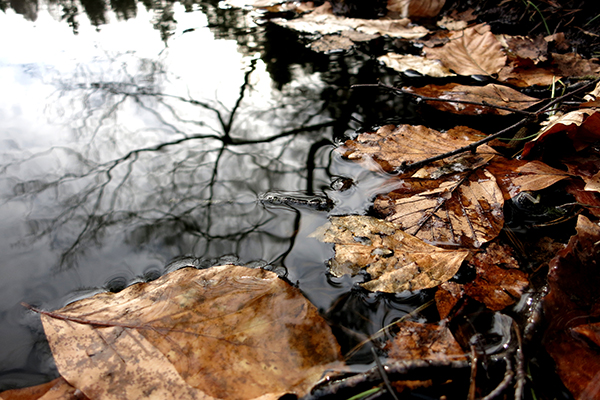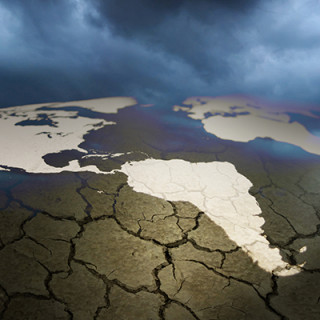Figure browner, more expensive water
We can count on water becoming browner in the future. This is due to the increasing amount of humus in the water – a phenomenon probably caused by something positive, namely, that the acidification has decreased. But drinking water companies are forced to invest in expensive purification filters, because consumers do not accept brown water coming out of their taps.
Acidification is one of the many environmental problems which we have solved through political decisions, ensuring the decrease in sulphur emissions. Had we not, this would eventually have significant consequences for our civilization, but the measures taken have had a major effect already in one generation”, says professor Lars-Anders Hansson at the Department of Biology.
One result of the acidification is that it locks humic substances to the ground. As acidification decreases, these substances “come loose” and flow into the water, “coloring” it brown. This is not harmful, but it affects the recreational value of many lakes. Also, it creates a problem for drinking water companies, which acquire their water from surface water sources, such as lakes Bolmen and Ringsjön, and provide water to large parts of Skåne. The water brownification requires large investments in expensive and advanced purification filters, as consumers would strongly object to having brown water coming out of their taps.
“Also, organic materials clog up the water pipes, and serve as nutrition for bacteria and parasites. This has already resulted in an increased number of so-called incidents, where water companies have to use chlorine to purify the water. This is probably, at least partly, caused by the water browning, and is something we see in wooded areas throughout the Northern hemisphere”, says professor Lars-Anders Hansson, and continues saying that we will probably have to get used to more expensive water in the future.
In this regard also different solutions are being investigated. Humus is in fact long carbon chains, proven sensitive to UV light. One possible solution could be to create more shallow wetlands, where the UV radiation from the sun would lower the amount of brown material in the water, but, so far, this idea is only at the conceptual stage.
“This way, one could decrease the amount of brown water, before it ends up in the water reservoirs. More wetlands would also help to increase biodiversity, and remove some of the excess nutrients”, says professor Lars-Anders Hansson.
The potential future problem with the wetlands – not least those that already exist – is that elevated temperatures will increase evaporation. A three degree increase doubles the amount of evaporation. The wetlands that are currently constructed are shallow, and if the influx does not increase, there is a major risk that they will dry out during the summer, and the benefits they have to the ecosystem would decline.
Text: Jonas Andersson
Photo: Catrin Jakobsson






